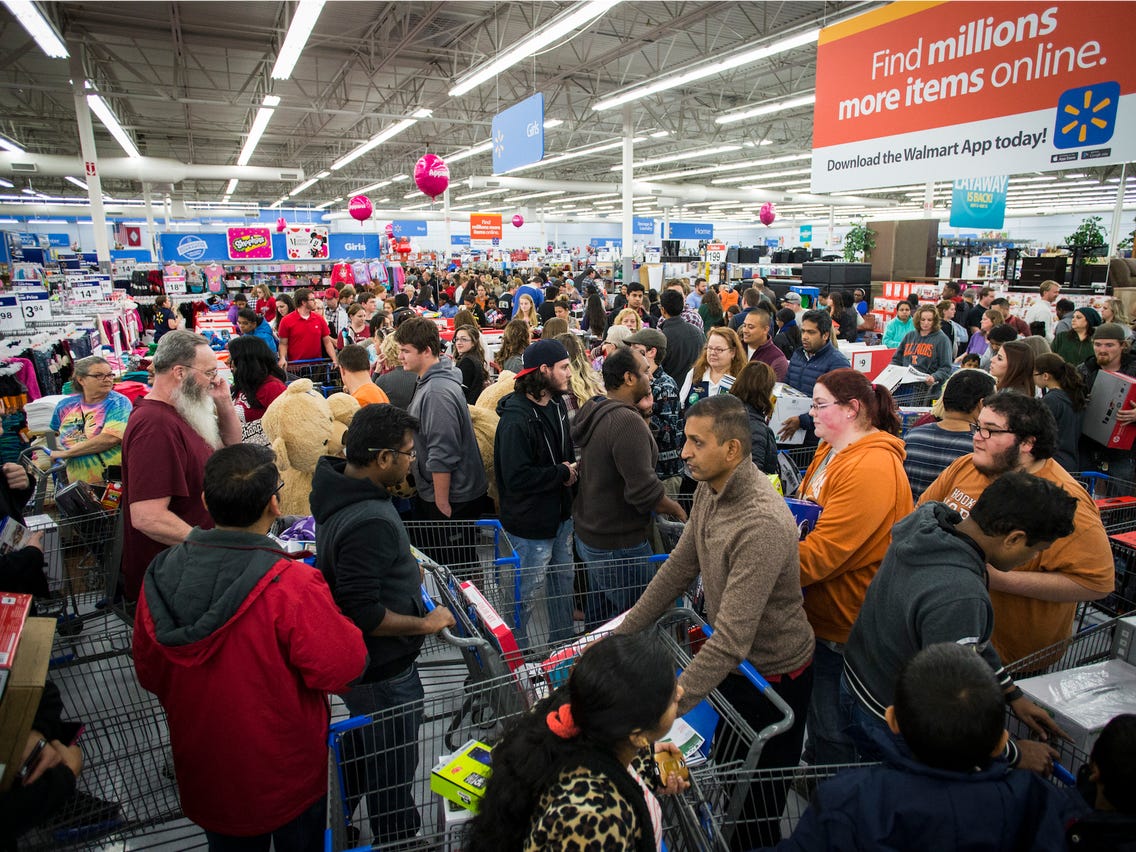(originally published in SupplyChainBrain)

For a child growing up in Northern Italy, Christmas arrived in a stream of festive decorations, hearty meals, church masses, and festivals. But the opening of my town’s Christmas markets, with their extravagant handmade toys and amazing home-prepared sweets, was the moment all kids were waiting for.
Jumping ahead a few decades and to another continent, with four small kids to care for, my family’s winter holiday buying pattern has shifted from the relaxed experience of a small-town Christmas market to shopping in massive megastores and online ordering. The benefit? Huge product variety at affordable prices. And for the most part, these gifts are built on the other side of the world, then shipped directly to people’s doorsteps via complex supply chains spanning thousands of miles.
While Black Friday holiday shopping has always been a stressful time for consumers and manufacturers alike, the 2020 season will have additional challenges brought on by the spread of COVID-19. The pandemic is playing a disruptive role globally across supply chains. Raw-materials stocks are depleting or idling, casting doubts on manufacturers’ ability to obtain parts and make, ship and sell finished, high-quality products.
How unprepared were manufacturers to face COVID-19 disruption? According to the Institute for Supply Management, 75% of manufacturers experienced some form of supply-chain disruption in the first wave of the pandemic. In fact, between February and March of 2020, 44% were without a plan on how to cope with the Chinese supply-chain debacle.
With no plan in place, there are only a few things that manufacturers can do: be creative, and cut. For instance, shortage in aluminum forced Molson Coors Beverage Co. to prioritize which brands of drinks were worth keeping alive and sold in the now scarce 12-ounce cans.
As if supply-chain disruption wasn’t enough, manufacturers now face another threat: rapidly shifting customer demand. Who can forget the extravagant surge in toilet paper demand in March of 2020? Parallel to this consumer-product spike was a drop in commercial-use toilet paper, with businesses and public infrastructures (e.g., airports, train stations, stadiums) dialing back their activity or shutting down completely.
So the industry is now faced with a set of questions:
- How can manufacturers cope with irregular demand and increased requests for agility in the production line?
- How can they rapidly reconfigure production to cope with disruption in the supply chain?
- How can they produce the same amount of product with fewer people, due to COVID-19 occupancy restrictions on the manufacturing floor?
- And lastly, how can manufacturers ensure that quality isn’t affected by a decrease in human oversight?
These are all acute challenges that are front and center for manufacturers as they look to withstand the pressure of the 2020 anomalous shopping season. But with challenges also comes opportunity. This pandemic has provided a springboard for innovation in a historically conservative and slower-moving sector — one that’s facing new and unparalleled challenges that will force quick adoption of new technologies.
One of these technologies ripe for massive deployment in manufacturing is artificial intelligence. Building products can be a demanding task, especially when dealing with complex items that require skilled labor and high precision. And the introduction of technologies such as vision-based AI in quality inspection is already changing the industry.
Today, deep learning is being deployed to assess ingredients and raw materials about to be used in production lines. Everything from integrated chips to bread, pharmaceutical products and machine parts is subject to inspection from the time it hits the line to right before it’s about to be shipped. This ensures that each inspected item or product is correct and makes it to the right pallet.
While the 2020 holiday season is already reaping the benefits of AI, the months to come are poised to be some of the most exciting and active in the manufacturing world. In a post-COVID-19 planet, enterprises will make extensive use of AI-powered automation running directly on the production line, boosting quality control without the need for extensive human oversight. Manufacturers will be able to quickly reconfigure production runs while detecting defects on lines occupied by the same number of human workers.
The 2020 holiday season likely won’t resemble any recent ones, with traditional Black Friday shopping becoming virtually extinct. And it probably won’t be remembered as the most relaxing on record — whether in cozy Italian street markets on in hectic American Walmarts — but this year will be known as the one when AI in manufacturing finally took the front seat.
The benefit? More agile, reliable production lines with a more balanced division of labor among humans, AI and machines — and all our holiday shopping items on the shelf, waiting for us!
Max Versace is co-founder and CEO of Neurala.

